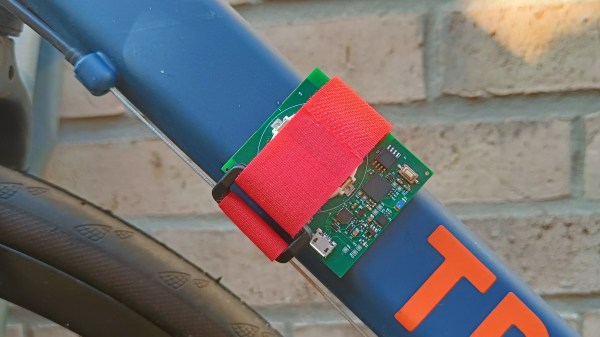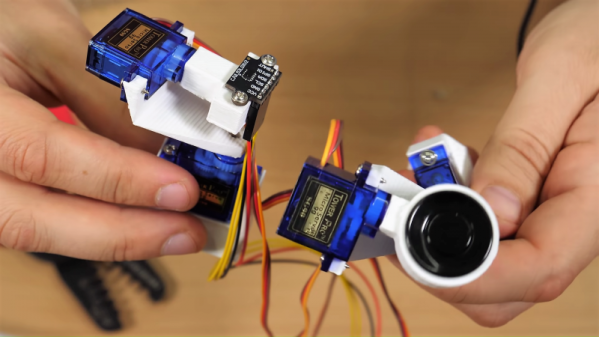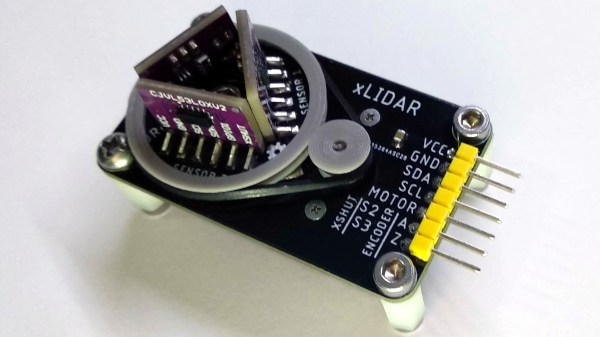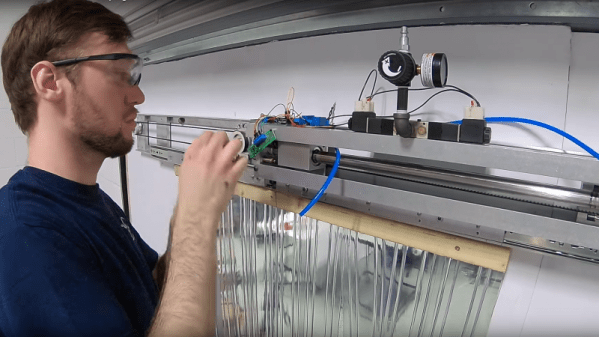This ultra-cute tiny LiDAR rangefinder project by [gokux] can be thought of as a love letter to the incredible resources and components hobbyists and hackers of all types have access to nowadays. In fact, it all stemmed from coming across a miniscule half-inch 64×32 OLED display module that was simply too slick to pass up.
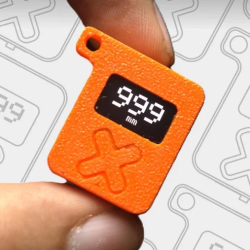
To use it, one simply powers it on and the display will read out the distance in millimeters. The VL53L0X time-of-flight sensor inside works by sending out a laser pulse and measuring how long it takes for the pulse to bounce back. We hope you’re curious about what such a sensor looks like on the inside, because here’s a nifty teardown of these fantastic devices. The device can technically measure distances of up to 2 m, but [gokux] says accuracy drops off after 1 m.
The main components besides the OLED display and VL53L0X sensor are an ESP32-C3 board (which handily integrates battery charging circuitry), 3D-printed enclosure, tiny rechargeable battery, and power switch. The whole thing is under one cubic inch. Not bad, and it even makes a passable keychain. Parts list, code, and 3D model files, including STEP format, are all available if you’d like to spend an afternoon making your own.


